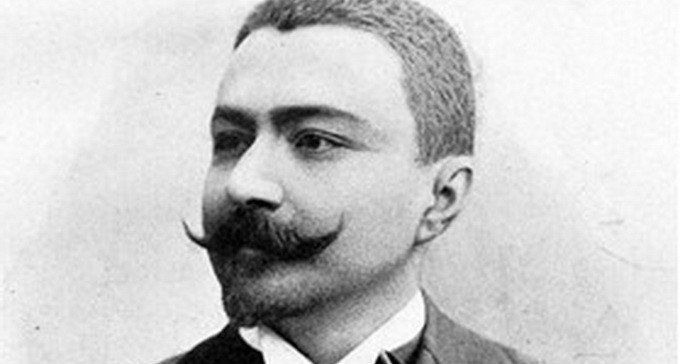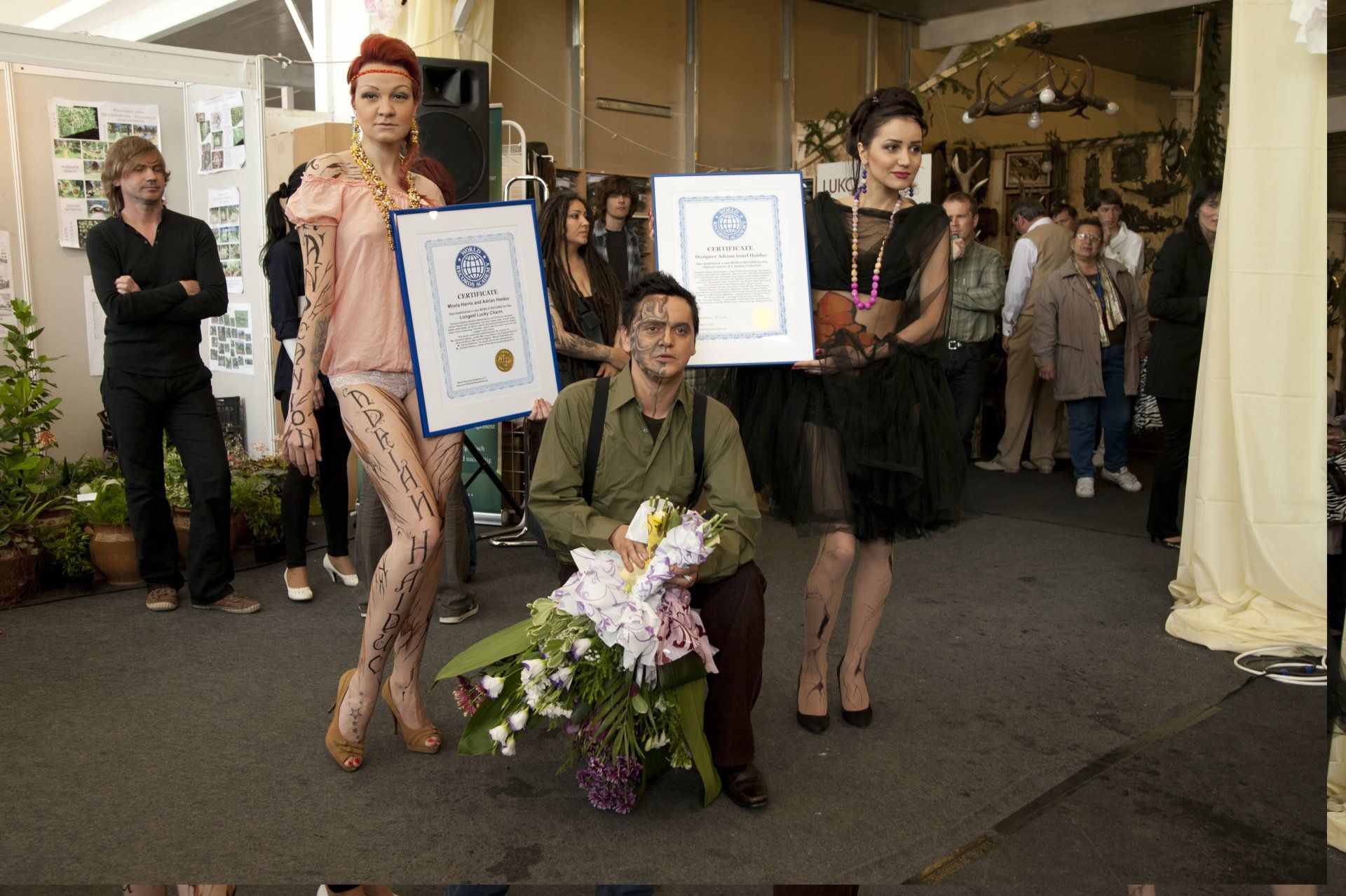World's first biologist to study the arctic life: Emil Racovita
Romanian biologist Emil Racoviță was the first researcher to collect botanical and zoological samples from areas beyond the Antarctic Circle.
CLUJ, Romania --Romanian biologist Emil Racoviță
(15 November 1868 – 17 November 1947),
was a Romanian biologist, zoologist, speleologist, explorer of Antarctica and the World's first biologist to study the arctic life
, according to the World Record Academy.
Born on the family estate, in Șurănești, Vaslui County, he started his education in Iași, where he had Ion Creangă as a teacher, and continued his secondary education at the Institutele Unite, a private high school for boys in Iași, taking his baccalaureate in 1886.
The 19 members of the team were of various nationalities, a rare thing for that time. The first mate of the vessel was Roald Amundsen (who was to conquer the South Pole in 1911).
The team left the deck of the ship 22 times, in order to collect scientific data, to conduct investigations and experiments. Racoviță was the first researcher to collect botanical and zoological samples from areas beyond the Antarctic Circle.
Belgica made the first daily meteorological recordings and measurements in Antarctica, every hour, for a whole year. The scientists also collected information on oceanic currents and terrestrial magnetism, with as many as 10 volumes of scientific conclusions being published at the end of the expedition, which was considered a success.
The expedition encountered several hardships. Between 10 March 1898 and 14 March 1899, Belgica was caught between ice blocks, making it impossible to sail any further. It was a difficult year for the whole team. For instance, the crew had to carve a 75-meter-long canal through a 6 meter-thick layer of ice, in order to generate a waterway by which to sail to a navigable body of water. Belgica returned to Europe in 1899 without two team-members, who had died during the expedition: a young Norwegian mariner Carl Wiencke (lost overboard) and Émile Danco {died natural causes}.
Racoviță's diary, published in 1899, makes mention of the difficulties that the team-members had to endure. Photos of the time show that he was hardly recognisable after returning from the expedition.
The results of his research were published in 1900, under the title La vie des animaux et des plantes dans l'Antarctique ("The life of animals and plants in Antarctica"). A year after his return, Racoviță was appointed director of the Banyuls-sur-Mer resort and editor of the review Archives de zoologie expérimentale et générale.
In 1919, Racoviță became head of the Biology Department at the Upper Dacia University (now the Babeș-Bolyai University) in Cluj. He founded the world's first Speleological Institute
on 26 April 1920 there, first as a section which was, however, to function independently since 1956, with professor Constantin Motas. ISER (Institutul Speologic Emil Racoviță —Romanian for The Emil Racoviță Speleologic Institute), a branch of the Cluj institute was open in Bucharest.
In 2006, the first Romanian Antarctic exploration station was named Law-Racoviță.



